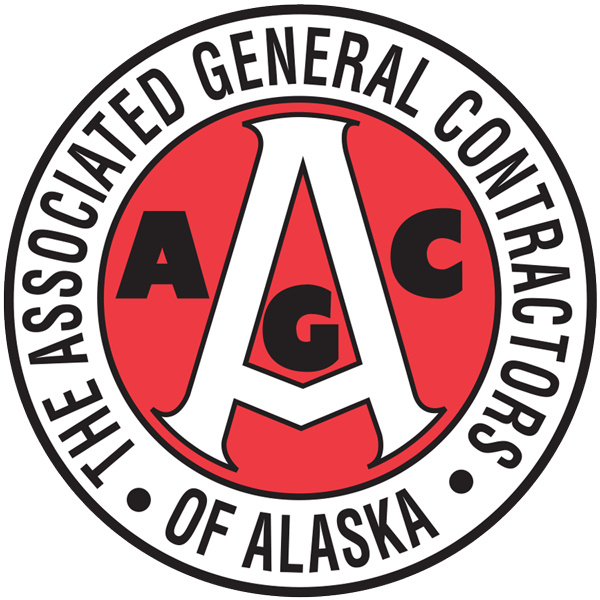
The Economic Benefits of Alaska’s Construction Industry
January 2024
Photo provided by STG, Inc.
Photo provided by STG, Inc.
January 2024
he construction industry is a critical component of Alaska’s economy. It is integral to all industrial, commercial, residential, and infrastructure development in Alaska. Its economic reach spans the entire state, from the smallest village to the largest city. Alaska’s construction industry is an important source of jobs and wages. The industry employed 23,600 workers, including 16,105 wage and salary employees. Statewide construction industry-related jobs represent 9 percent of all Alaska jobs (39,200 of 458,000). Construction industry-related activity accounted for $3.3 billion in labor income, 10 percent of Alaska’s total labor income ($34.5 billion).
23,600
Number of Alaska construction workers, including wage and salary and self-employed workers
1 in 20
Share of jobs in Alaska’s economy that were in the construction sector
2,600
Number of construction industry employees in Alaska
39,200
Total number of statewide construction-related jobs, including multiplier effects
$85,000
Average annual construction worker wage
$2.3 billion
Total labor income of construction workers, including self-employed workers
$3.3 billion
Total statewide labor income impact, including multiplier effects




23,600
Number of Alaska construction workers, including wage and salary and self-employed workers
1 in 20
Share of jobs in Alaska’s economy that were in the construction sector
2,600
Number of construction industry employees in Alaska
39,200
Total number of statewide construction-related jobs, including multiplier effects
$85,000
Average annual construction worker wage
$2.3 billion
Total labor income of construction workers, including self-employed workers
$3.3 billion
Total statewide labor income impact, including multiplier effects





Construction Industry
Progress Fund
- OCCUPATIONAL TRANSFERS These openings are the result of worker turnover. As workers leave construction occupations for different jobs, they are expected to create about 1,250 openings each year.
- LABOR FORCE EXITSThese openings are the result of workers leaving the workforce entirely due to retirement, moving out of Alaska, or other circumstances. Construction workers leaving Alaska’s labor force are expected to create 535 openings each year.
- INDUSTRY GROWTHThese openings are the result of higher demand for workers in construction occupations. New growth opportunities are expected to create about 175 openings each year.
Average annual openings are expected to be highest for construction trades workers such as carpenters, electricians, plumbers, operating engineers, and laborers.